There were many swear words falling from my mouth as I removed the cowl to begin my annual condition inspection and I saw a lot of oil on the bottom of the cowl (sorry I failed to take a picture) and on the top of the airbox. Not good. It looked like a classic crankshaft seal failure. First call was to Lycoming for their recommendation on how to proceed. This was a long drawn out process so to keep it as short as possible I’ll just go with built point form.
Repair Process
1. Remove cowls
2. Call Lycoming
4. Lycoming recommended removal of propeller
5. Use borescope to inspect seal (appeared to be leaking)
6. Search high and low for a replacement seal, all standard sources are out of stock (Spruce, Chief…), deep on Google search located a seal
7. Removed propeller and inspected seal (inconclusive if the seal is leaking)
8. Lycoming recommended reinstalling propellor, deep clean, and run engine to determine source
9. Following recommendation, is it impossible to find source of leak but appeared to be seal and/or case halves
10. Removed propeller and replaced crankshaft oil seal (LW-13792) followed Vic Syracuse’s excellent video
11. Reinstalled propeller, deep cleaned, and test ran engine – small oil leak remained
12. Reviewed oil leak with A&P/IA, he suggest more test runs and if leak is in the case then the options are to either Proseal the seam (50/50 chance of working) or crack the case
13. Deep cleaned, ran until oil was up to 100 degrees – checked for leaks, ran 2 minutes 2,100 rpm – checked for leaks, ran 2 minutes 2,100 rpm – checked for leaks, ran 2 minutes 2,100 rpm – checked for leaks – after each run I wiped the engine and the inside of the ring gear with new paper towels
14. Reviewed findings with A&P/IA, his position was it is a nuisance leak and it is acceptable to monitor
15. Replaced oil return lines (270 hours) and installed constant tension clamps
16. Following eight hours of flying zero leaks were detected
I continue to be perplexed as to how a small amount of oil made it inside of the starter ring gear and on to the front of the engine from the oil return lines WITH the cowling off. But it did, air flow is a weird thing. I’ll be honest when the cowls were removed at eight hours I fully expected oil to be present and was shocked that the engine was oil free. I’ve flown an additional six hours (total of 14 hours) and removed the cowl again, still oil leak free. The crankshaft seal was 100% the cause of the oil leak on the cowl and airbox, inspecting it following removal I can see the Thunderbolt technician who built my engine did not apply sufficient adhesive in one spot on the seal.
This was a stressful, time consuming, drawn out process. The only saving grace is I expanded my knowledge and have a better understanding of my engine.
Parts/Tools Used
Aircraft Spruce
Crankshaft Oil Seal (P/N: LW-13792), backorder received after repair (listed here for future reference)
Dow Corning 737 (P/N: 4098499)
Hartzell propellor O-ring (P/N: C-3317-228)
MIL6000D Oil and Coolant Hose (P/N: 00850721303)
ATS Propellor Shaft Oil Seal Installer Tool (P/N: 5209)
Grainger
Constant Tensions Springs (P/N: CTB-19ST FK)
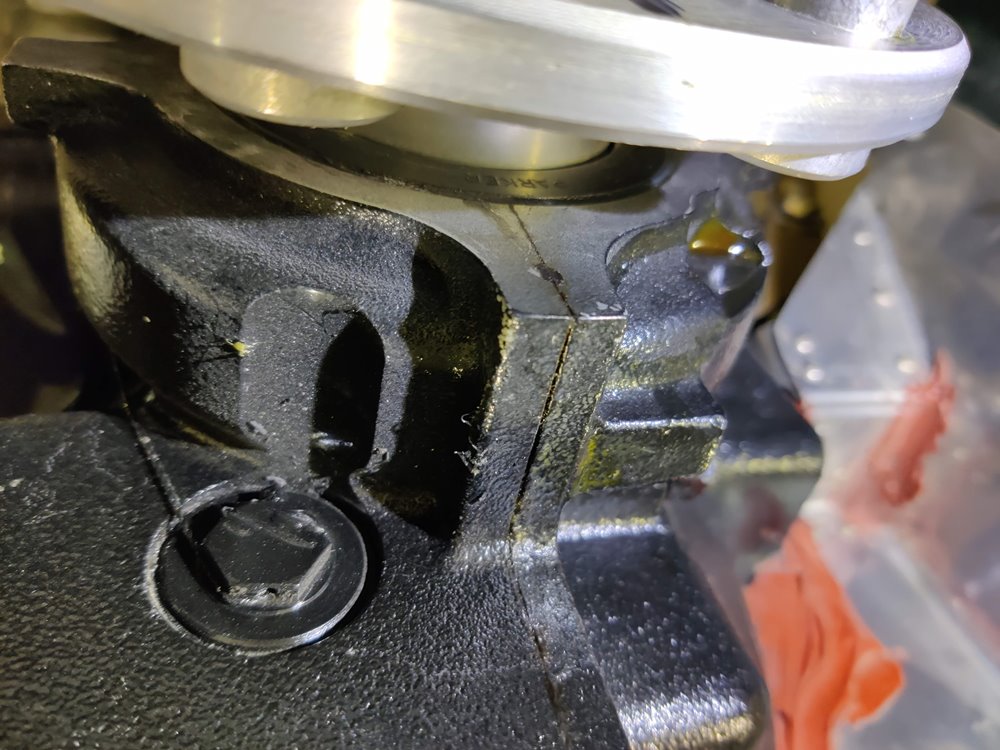
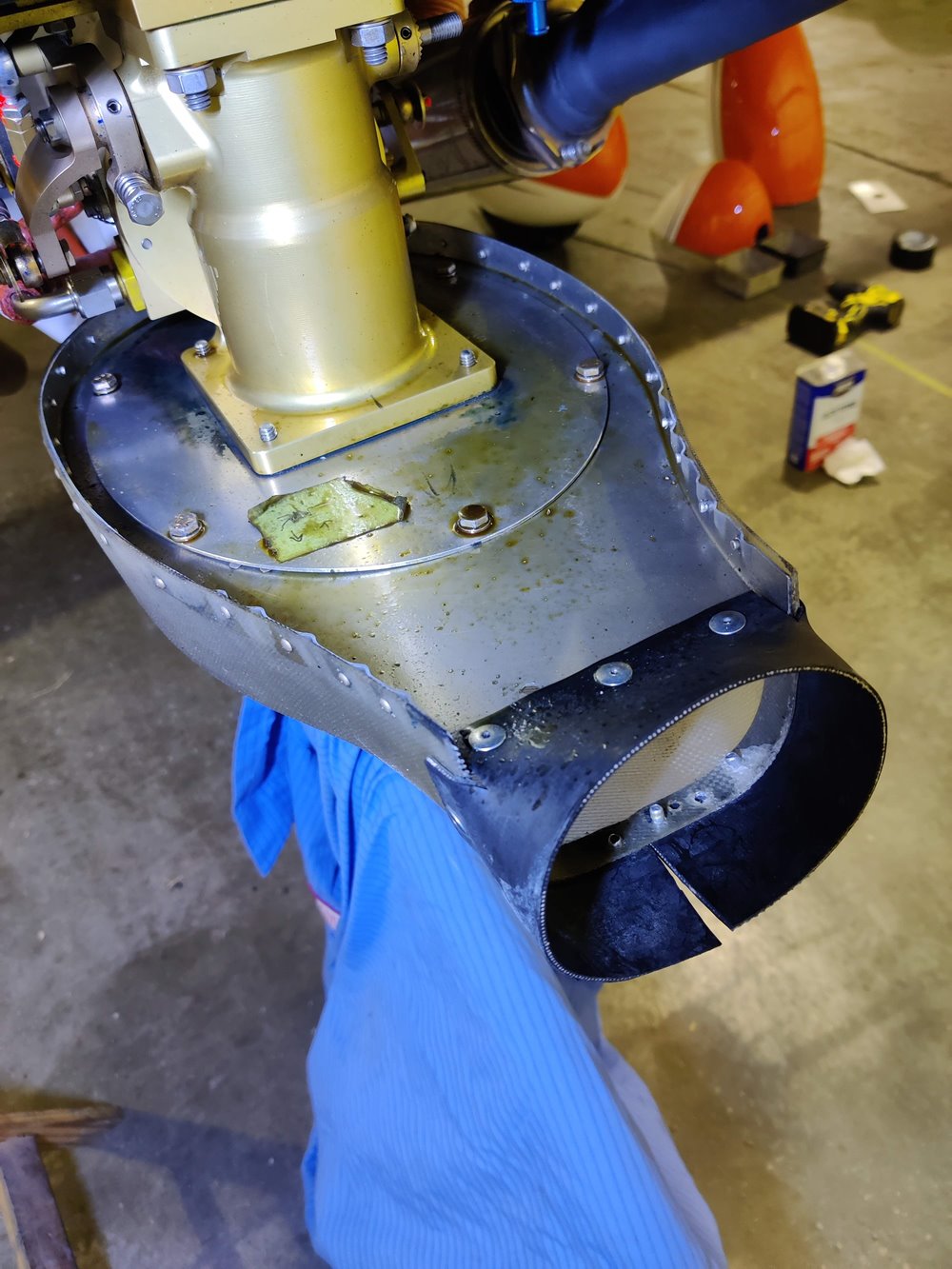
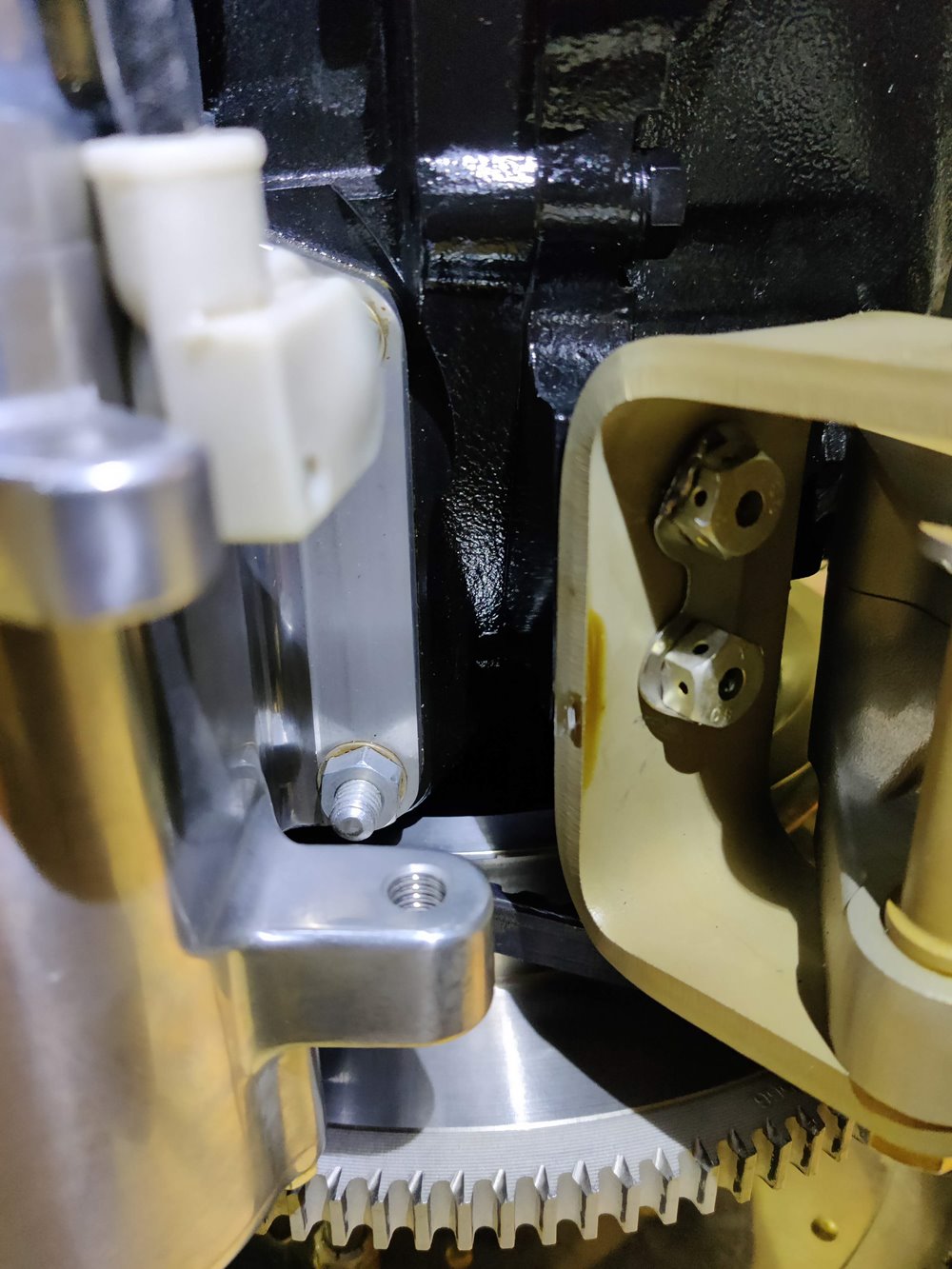
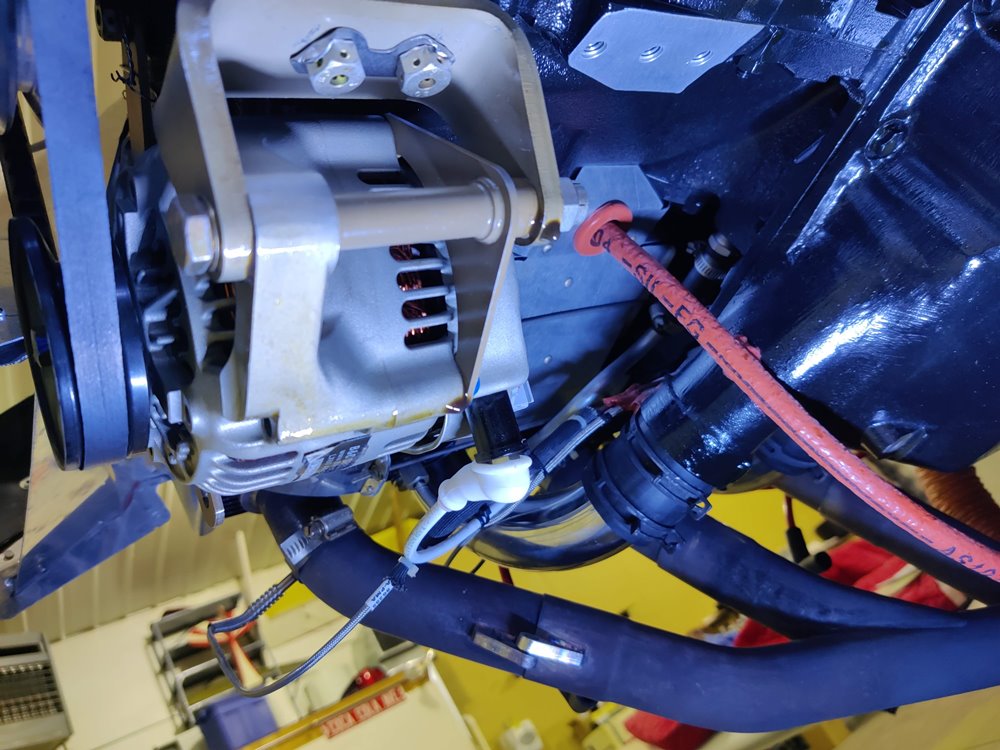
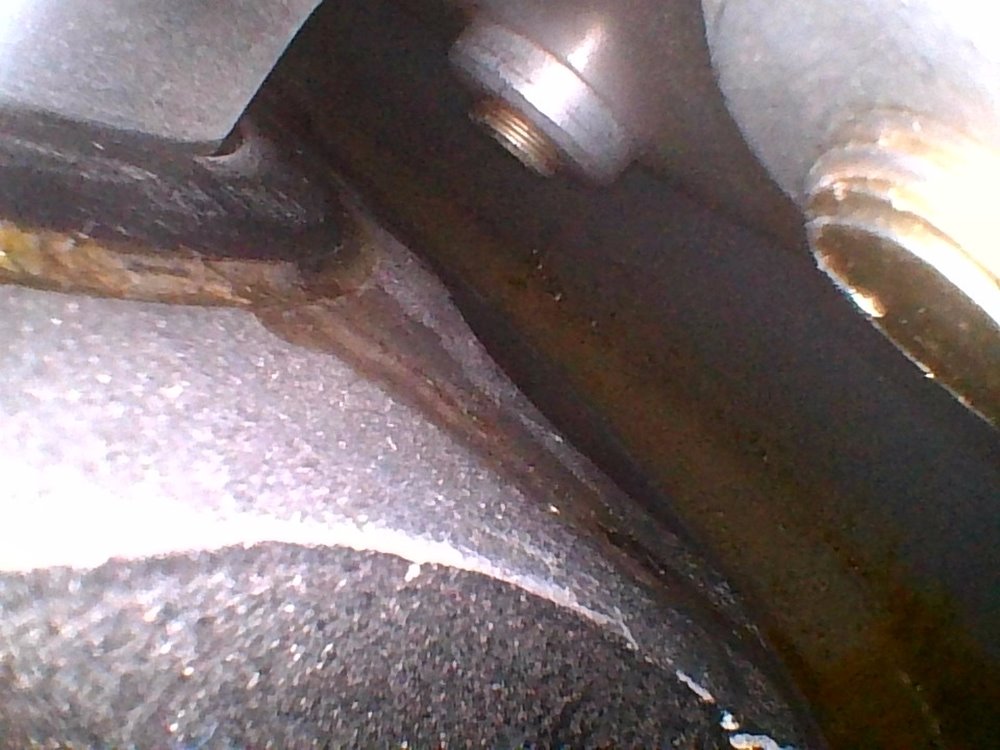
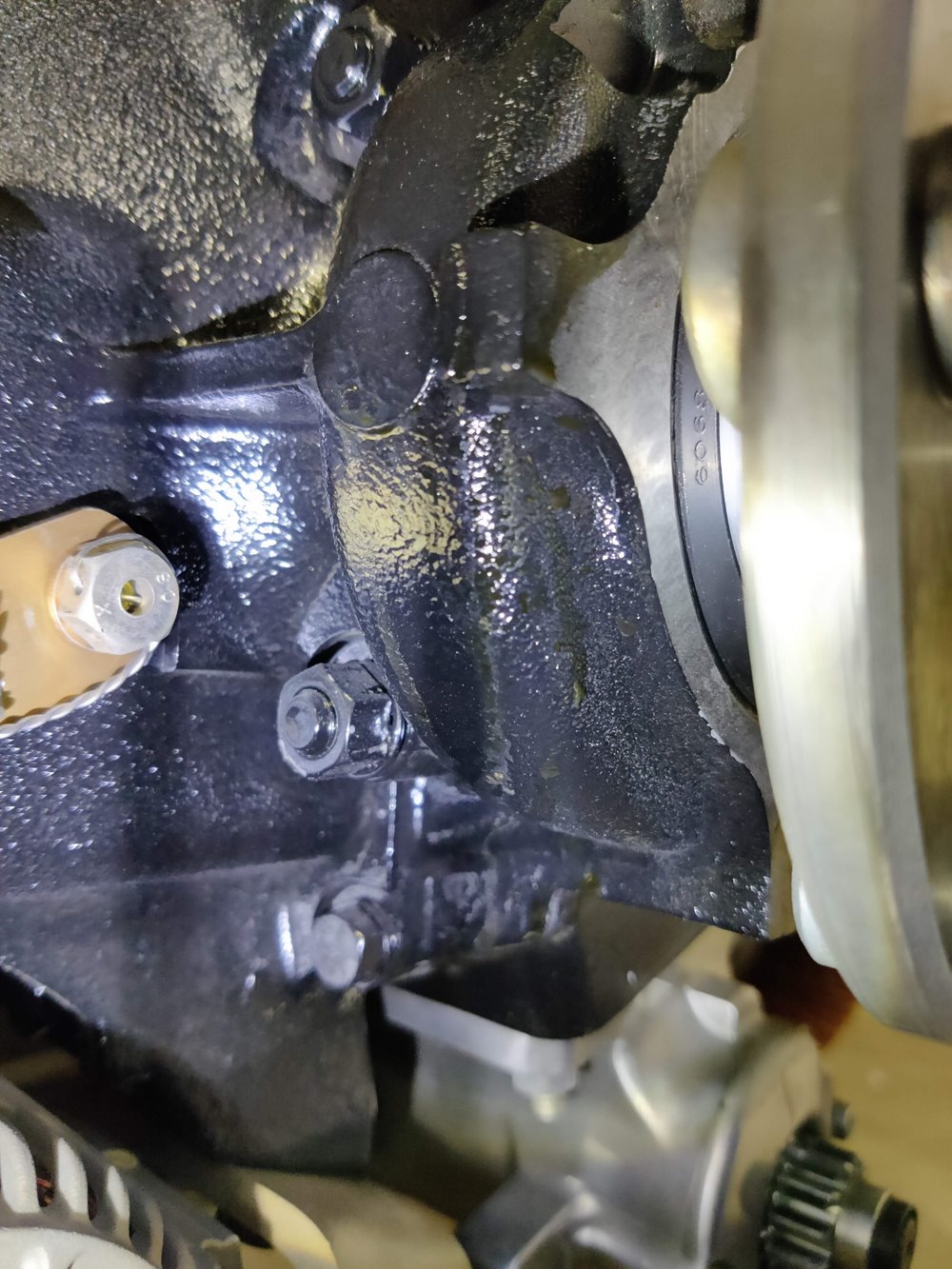
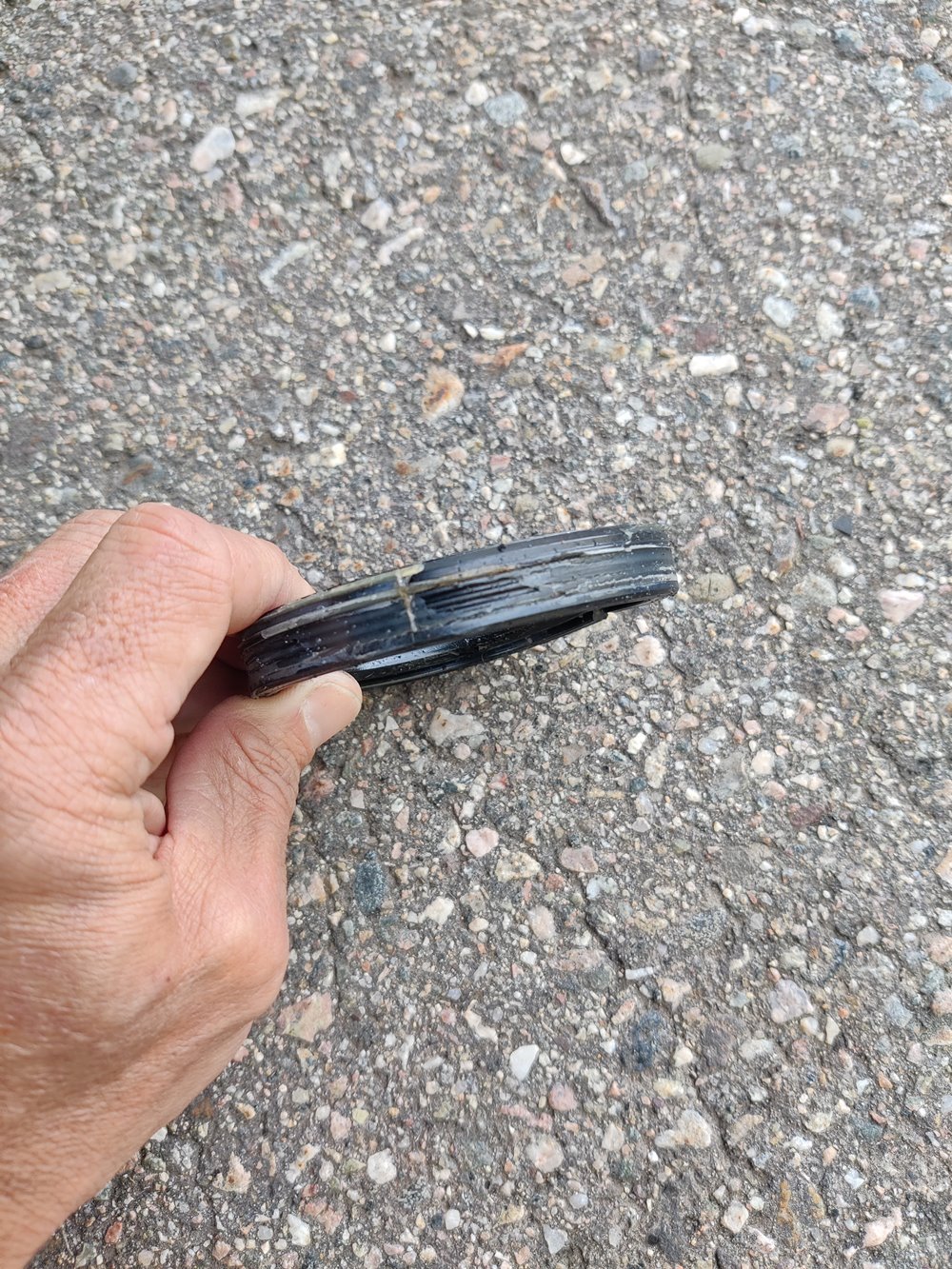
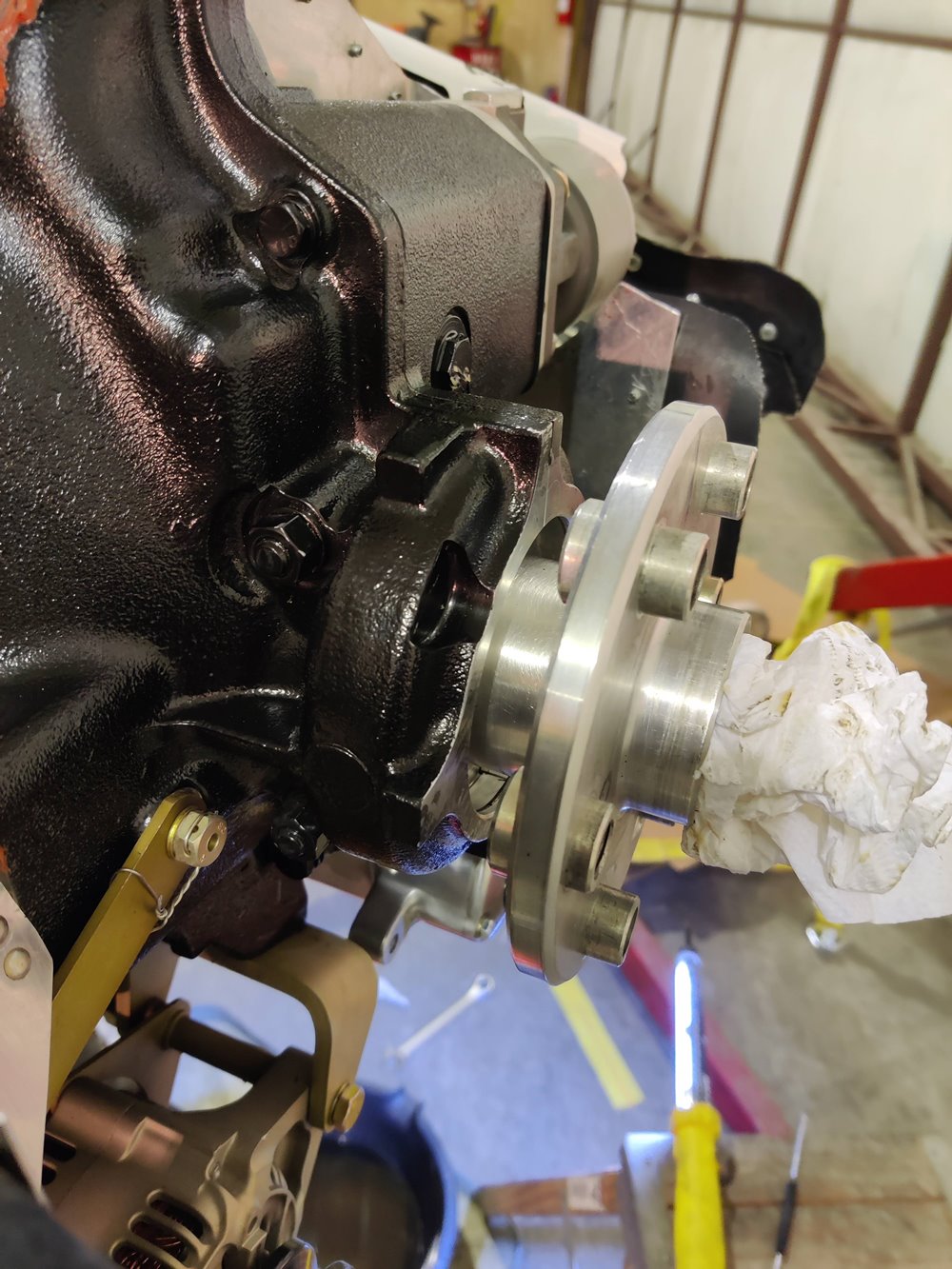
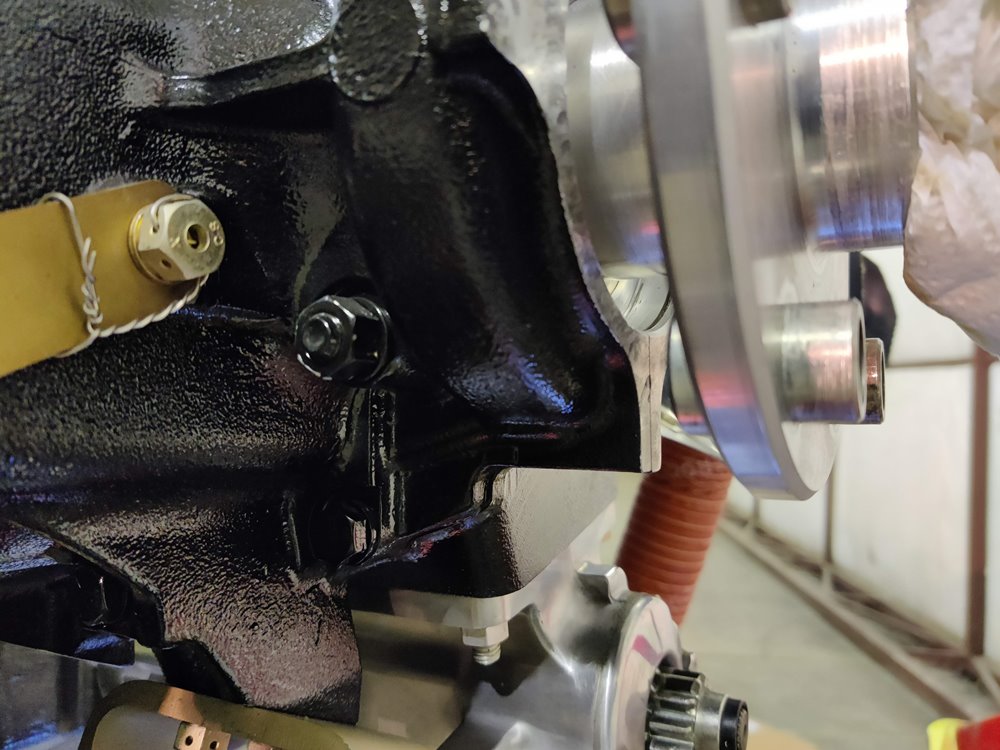
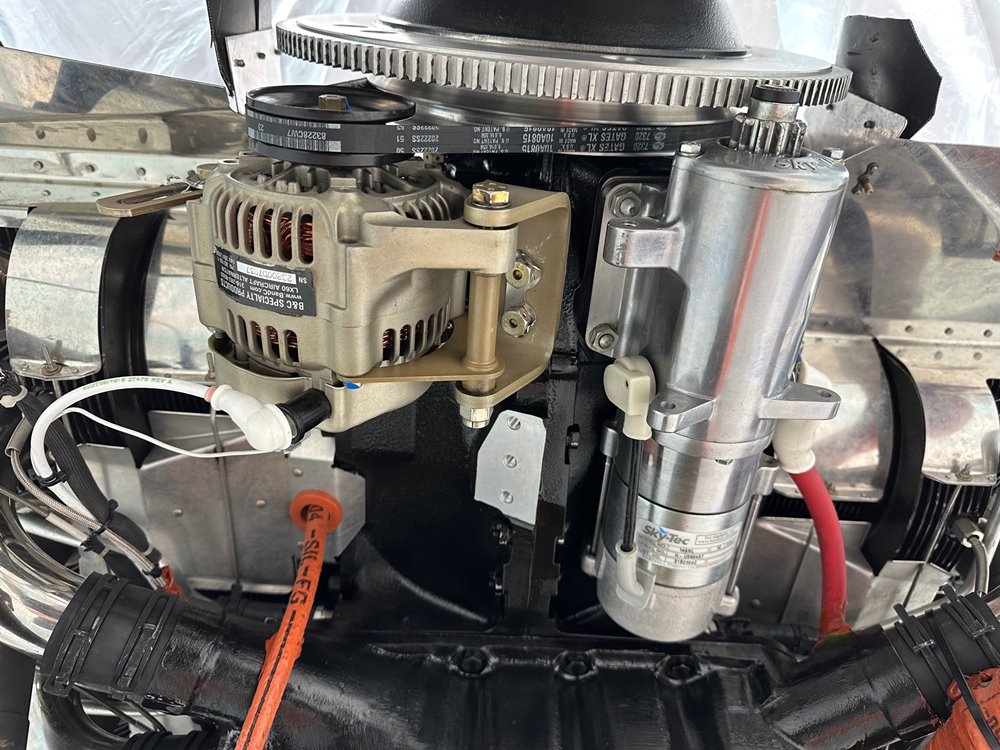
No Comments